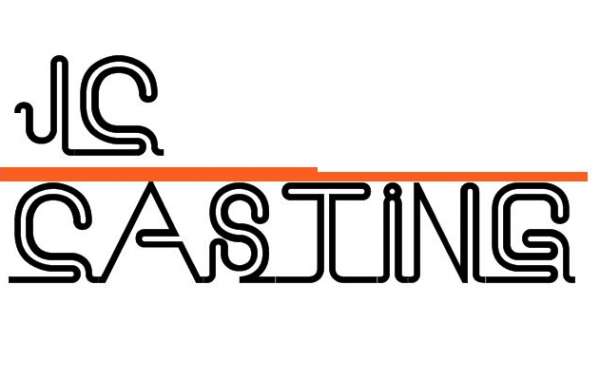The difference between forging and casting
What is casting?
The heart of casting is to heat the constituent metals to a molten state and pour them into prepared molds. While molds are usually molds, sand and investment casting are often used for specific alloys or parts with unusual dimensions and designs. Once the metal has cooled to the desired basic shape, the metal fabricator will hand or further machine the finished part to the details requested by the customer.
What is forging?
Although heating of the metal composition is also essential for forging, the heating of this method never becomes so intense that it melts the metal. Instead, it's just heated enough to enable metalworkers to hammer or otherwise manipulate it into a ready die. Huge presses are used for larger products, and forging methods can vary depending on the desired final product; for example, forging can be a hot or cold forging process, or an open or closed die can be used.
Which is better?
As with most comparisons, one method is better for some projects and the other is better for others. First, let's review the pros and cons of each approach.
Foundry Benefits
The melting of the metal allows it to form a wider variety of shapes, providing greater flexibility in part design
Initial results are often closer to design specifications, reducing time spent on secondary machining and machining
Castings are almost always lighter than forgings
Modifications to part designs and associated molds are relatively easy and fast to perform
Casting Disadvantages
Castings are generally more porous than forgings and may contain unintentional voids
The tensile strength or fatigue strength of castings is not as good as that of forgings
Casting requires closer observation by metalworkers to ensure overall quality and prevent defects from forming
The benefits of forging
Methods to alter the grain structure of metals often result in excellent structural integrity and mechanical strength
Forging process is generally cheaper than casting due to less labor requirements and less material scrap
Overall, forging eliminates surface porosity as well as voids and other defects
Forging is more consistent in producing parts yield and producing very strong and ductile parts
Forging disadvantages
Extensive post-forging machining or machining may be required to bring the part to precise design specifications
The nature of the forging process limits the complexity of the parts that can be made by forging
Forging with custom alloys is very difficult due to the fact that the metal remains solid throughout the process








